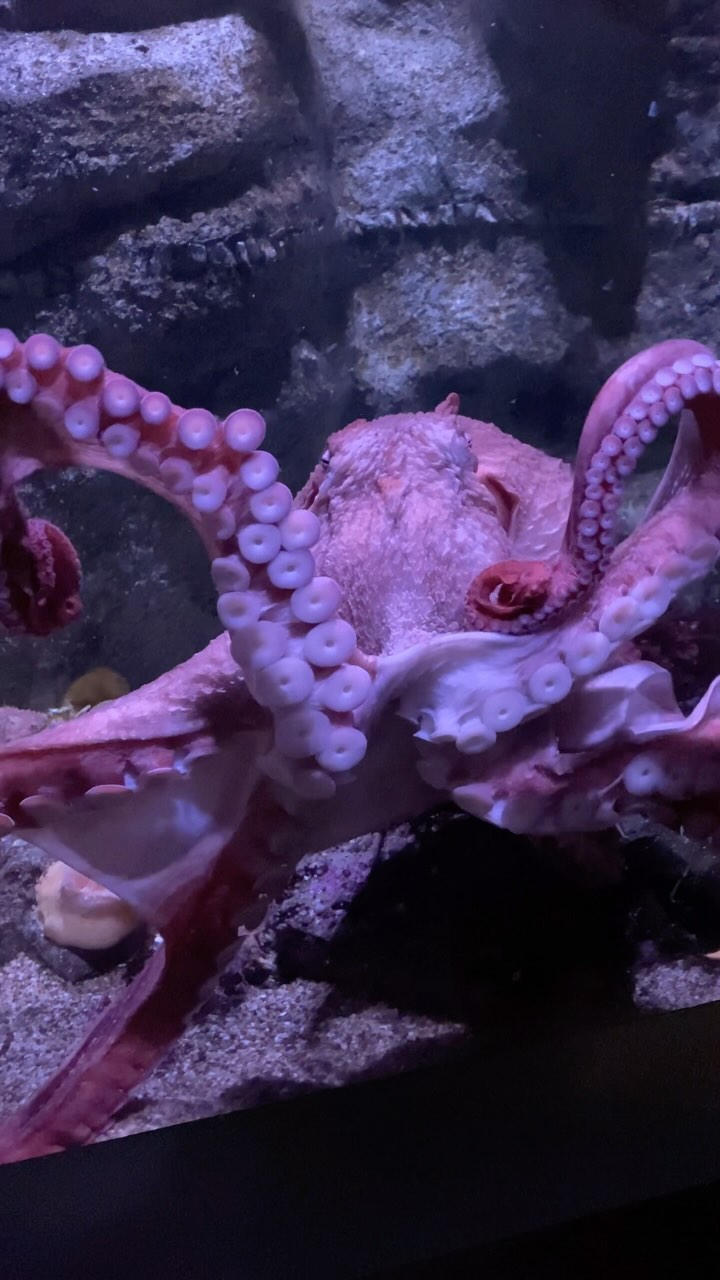- Introduction to Senescence and Its Implications
- Biological Mechanisms of Senescence
- Senescence in Different Species
- Implications for Zoo Management and Wildlife Conservation
- Innovations and Future Directions in Understanding and Managing Senescence
Senescence, commonly known as the process of aging, has profound implications across numerous biological and ecological contexts. It is a complex phenomenon that affects almost all living organisms, leading to gradual physical and functional decline over time. As a critical subject in zoology, senescence presents challenges and opportunities for zoo management and wildlife conservation. The goal is to maintain sustainability and vitality in various species under human care and in natural habitats.
Understanding the biology behind senescence begins at the cellular level. Cellular senescence refers to the arrested state of cell division that occurs when cells experience stress or reach a certain number of divisions, known as the Hayflick limit. This threshold reveals the limits of cell division due to telomere shortening—a biological clock embedded in chromosomes. Telomeres are protective caps at the ends of chromosomes that shorten with each cell division. When they become too short, cells stop dividing and enter a state of senescence, characterized by changes in function and protein secretion.
Various factors contribute to cellular senescence. Intrinsic factors like genetic mutations and metabolic changes, along with extrinsic factors such as oxidative stress and DNA damage, play significant roles. The accumulation of senescent cells in tissues contributes to aging and age-related diseases, making it a focal point in research for extending health span and longevity.
Senescence is not uniform across all species. It exhibits striking diversity. Some species display negligible senescence, meaning they show minimal signs of aging and maintain physiological functions throughout their lifespan. For example, certain turtles, lobsters, and hydra exhibit minimal senescence, challenging our traditional understanding of aging. On the other hand, many species, including humans, show marked senescence with visible aging signs and a decline in reproductive and survival rates.
Species-specific senescence patterns also pose various challenges for zoo management. Zoo authorities must consider how aging affects the animals in their care. For instance, older animals may require special diets, modified habitats, or individualized healthcare. In elephants, arthritis and dental issues are common age-related problems, which necessitate specific management strategies. Understanding the unique aging patterns of each species allows zoo managers to provide better care and enhance the well-being of animals.
Senescence has important implications for wildlife conservation as well. Aging affects reproductive success, survival rates, and population dynamics. Understanding senescence can be vital for developing effective conservation strategies for endangered species. For example, breeding programs must account for the age and reproductive health of individuals to ensure the maximum chances of successful offspring. Additionally, senescence research can inform reintroduction programs by identifying the optimal age for reintroduction efforts and monitoring age-related survival.
Recent advances in biotechnology and veterinary care offer promising avenues for understanding and managing senescence. Techniques such as gene editing, dietary modifications, and personalized medical interventions have shown the potential to delay senescence and mitigate its effects. For instance, caloric restriction has been shown to extend lifespan and delay age-related diseases in several species. Additionally, the use of senolytics—drugs that selectively eliminate senescent cells—offers a promising approach to improving health span in animals.
Innovation in senescence research continues to push the boundaries of our understanding. Researchers are increasingly focusing on identifying biomarkers of aging that can provide early indications of senescence. These biomarkers include specific proteins, genetic markers, and metabolic profiles that change predictably with age. Detecting these markers early could pave the way for preemptive interventions that prolong the health and vitality of animals both in captivity and in the wild.
Senescence fundamentally influences zoo management and wildlife conservation strategies. As we advance our understanding of the biological mechanisms of aging, we can develop more effective and compassionate approaches to caring for aging animals. This knowledge is crucial in ensuring the long-term sustainability and well-being of diverse species, ultimately contributing to the broader goals of biodiversity conservation and ecological balance. The integration of cutting-edge research, compassionate care, and innovative management practices will be vital in addressing the challenges posed by senescence in the years to come.
*****
Source Description
What is senescence?


